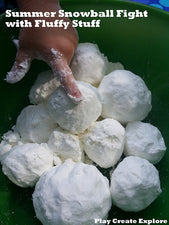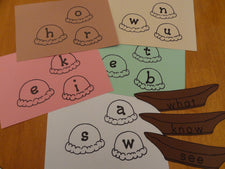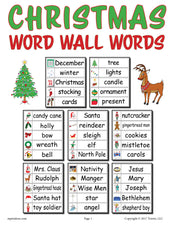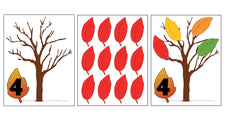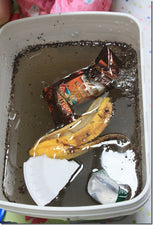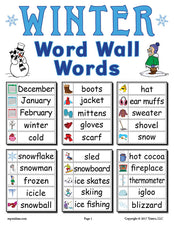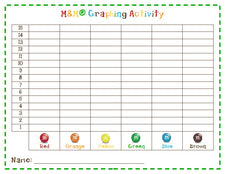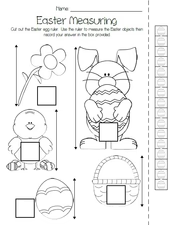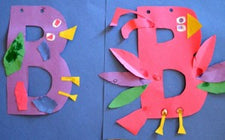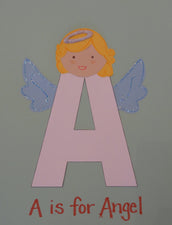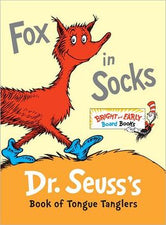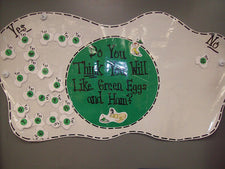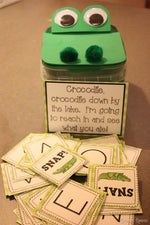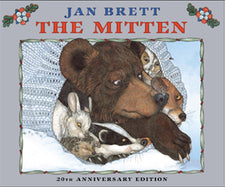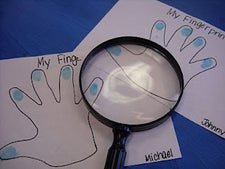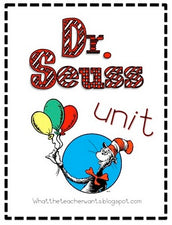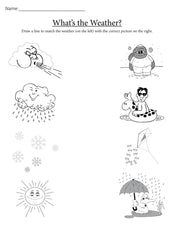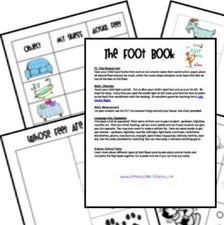Careers: Pilots

November is national aviation month and what better way to introduce a unit on air transportation than to teach your preschoolers about the duties and responsibilities of a pilot.
What Does A Pilot Do?
Always begin each new lesson with an attention-grabbing introduction. Consider transforming the classroom into a small jet (e.g. push the desks out of the way and line up desk chairs in two long rows with an aisle in between - in one row form groupings of two chairs and in the other create groupings of three chairs. Label each different row of chairs, as well as each seat, and fashion fake 'seat belts' for students to secure as they board.) As students enter the classroom, provide them with a ticket and, after stowing any 'carry-on items' in their desk, help them find their assigned seat. You might also consider donning a pilot uniform (at least wearing a hat and pilot 'wings') as you introduce the duties and responsibilities of an airline pilot, what they wear, how high they fly, and other details about the 'plane'.
Creative Expression
Help your students learn about aviation through crafts, pretend play, and music:
- Have your students pretend that they're flying in a real airplane. Armed with sketchbooks and graphic art tools, invite your students to draw the sky and ground as it might look from the window of the plane.
- For use during free play, transform the pretend corner to look like the inside of a plane. Include a mock-up of the cockpit as well as passenger seating.
- Teach your students several new songs about aviation. Consider Barney's "The Airplane Song" or any of the selection of songs featured at Preschool Education. There are several with added motions that your students are sure to enjoy!
 Make A List...Check It Twice
Make A List...Check It Twice
Sounds like Santa, right? In reality, to keep passengers safe during travel, pilots are responsible for numerous flight checks where they verify that the instruments, controls, engines, and other flight systems on their craft are functioning the way they should, checking off each flight system as they finish inspection. To properly perform this task, pilots must be observant, knowledgeable of their craft, and excel at performing step-by-step processes. To help your preschoolers learn these same skills, set up a mock 'flight check' exercise. Present them with a completed Styrofoam airplane (you can find a craft template here - you'll just need to create a smaller foam piece to attach to the tail as the picture shows above). Have them observe the shape of each piece as well as how each part fits together. Create and display four different plane models around the classroom. On three of the four models, 'mistakenly' attach a part wrong (e.g. install the body of the plane upside down, attach the wings severely off center, bend the tail down, etc.). The fourth model should be 'flight ready'.
Armed with a clip board and a simple flight check sheet for each model, invite students to inspect each model and decide whether the plane should be approved for flight.

After the exercise, have your students design and assemble their own Styrofoam airplane to take home and share with their families.
We hope you have fun introducing aviation month to your preschoolers!
